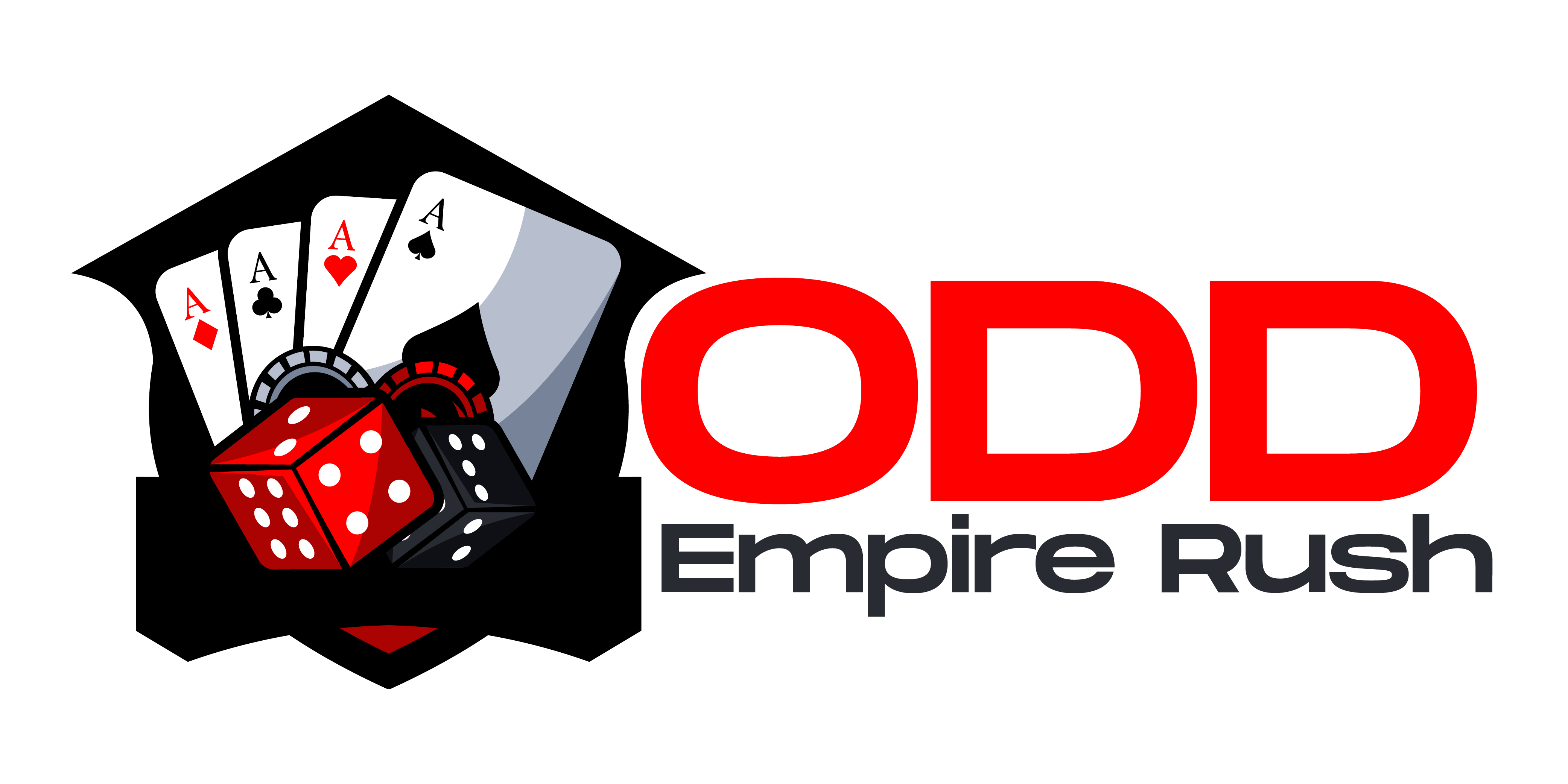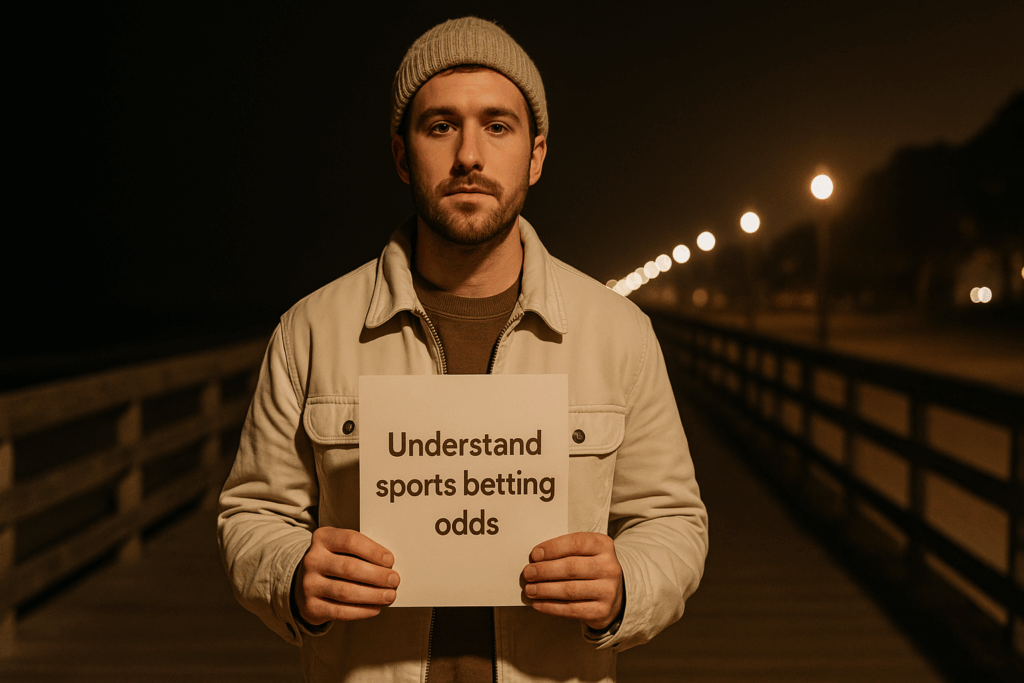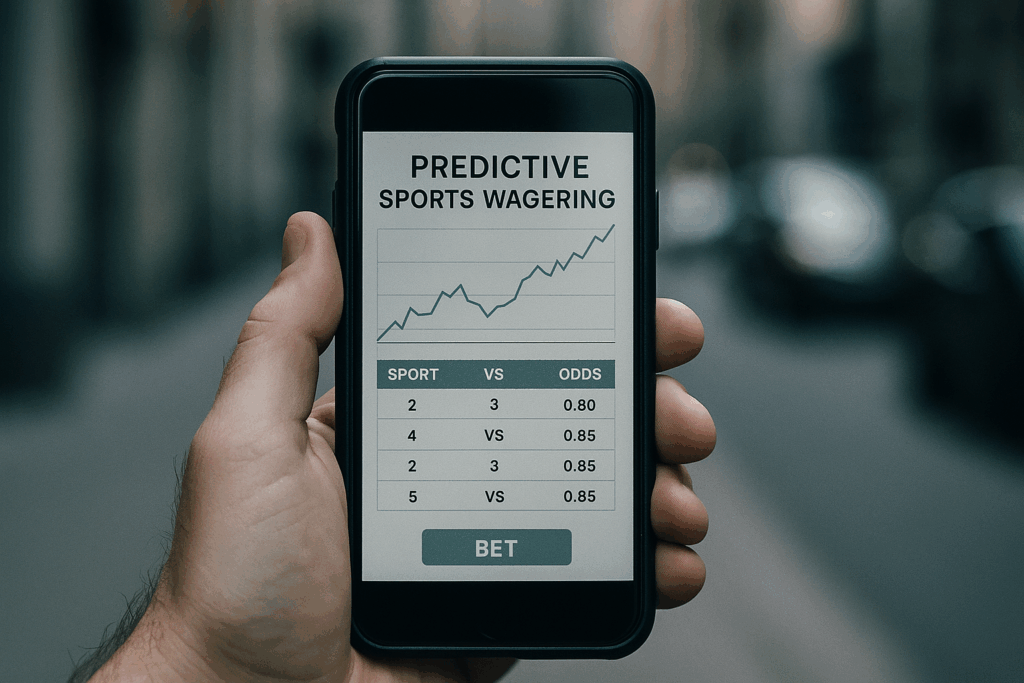Why Understanding Odds Matters
Let’s clear this up first: betting doesn’t have to be gambling. Not if you do it right. The people who consistently make smarter predictions aren’t shooting from the hip. They’re working off information, analysis, and probability—not hope.
There’s a big difference between guessing and forecasting. Guessing is random. Forecasting is controlled. It pulls from stats, trends, matchups, form cycles—then it runs those through logic. If that sounds boring, it’s because it kind of is. But that’s also why it works.
Odds aren’t just numbers on a screen—they’re probability in disguise. Every odd reflects what the market or bookmaker thinks about an outcome’s likelihood. If you know how to convert and read those odds, you’re not just betting—you’re evaluating risk. It’s not about finding certainties. It’s about spotting value: when the implied probability is lower than your informed estimate. That’s where the edge lives. And that’s the point.
Types of Betting Odds: Know the Formats
Understanding betting odds is essential if you’re serious about making smarter predictions. There are three main formats you’ll run into: decimal, fractional, and moneyline. Each tells the same story about probability and payout, just in a different way. Let’s keep it simple and break each one down.
Decimal Odds (e.g. 2.50): Quick Math, Global Standard
Decimal odds are the most intuitive. This format is widely used across Europe, Canada, and Australia. It shows you the total return—not just the profit—for every dollar (or unit) you bet.
The formula is clean: Total Return = Stake × Decimal Odds
So if you bet $100 on odds of 2.50, your total return is $250. That’s $150 profit plus your original $100 stake.
Decimal odds also make it easy to spot underdogs and favorites. Odds closer to 1.00 mean higher probability (and lower return). Bigger numbers mean longer shots.
Fractional Odds (e.g. 3/1): Old-School but Still Vital
Still dominant in the UK, fractional odds throw some people off at first. But they’re just a simple ratio of profit to stake.
3/1 (spoken “three to one”) means you get $3 profit for every $1 wagered. A $100 bet gets you $300 profit, plus your $100 back ($400 total).
The smaller the first number in the fraction, the lower your payout—and the more likely the outcome. They’re a quick visual cue for high vs. low risk.
Moneyline Odds (+200 / -150): U.S. Format, Two Directions
In the U.S., it’s all about the plus and minus.
- A +200 moneyline means you win $200 on a $100 bet. These are the underdogs.
- A -150 moneyline means you have to bet $150 to win $100. These are the favorites.
Positive numbers show how much profit you’d earn on a $100 stake. Negative numbers show how much you need to bet to walk away with $100 profit.
For fast decision-making once you’re used to them, moneylines are efficient. But they do take a moment to wrap your head around when you’re starting out.
Bottom line: no matter the format, odds are simply ways of describing risk, probability, and reward. Learn to read them fluently, and you’ll start seeing opportunities others miss.
The Math Behind the Numbers
Understanding how to interpret betting odds isn’t just about knowing who might win—it’s about recognizing value and calculating probability. Let’s break down what’s behind the numbers.
Converting Odds into Implied Probability
Odds reflect the likelihood of an outcome according to the sportsbook, but savvy bettors know how to translate those odds into implied probability. This helps evaluate whether a bet is offering real value.
Quick Reference Formulas
Use these formulas to calculate implied probability fast:
- Decimal odds:
Implied Probability (%) = (1 / Decimal Odds) × 100
Example: Decimal odds of 2.50 become → (1 / 2.50) × 100 = 40%
- Fractional odds:
Implied Probability (%) = (Denominator / (Numerator + Denominator)) × 100
Example: 3/1 becomes → (1 / (3 + 1)) × 100 = 25%
- Moneyline odds:
- Positive (e.g., +200):
Implied Probability = 100 / (Moneyline + 100) × 100
Example: +200 → 100 / (200 + 100) × 100 = 33.3%
- Negative (e.g., -150):
Implied Probability = (-Moneyline) / (-Moneyline + 100) × 100
Example: -150 → 150 / (150 + 100) × 100 = 60%
Calculating implied probability gives you a benchmark—then it’s up to you to decide if the odds are undervaluing or overvaluing an outcome.
Spotting Value in the Market
Not every short-priced favorite is a smart bet. Markets can be biased, and odds often reflect public perception more than hard probability.
What Does Value Look Like?
Value happens when:
- The implied probability is lower than your assessment of the real chance of an outcome
- The odds underrepresent a team, player, or scenario because of public sentiment or outdated info
Common Signs of Mispriced Odds
- A team coming off recent losses despite strong metrics underneath
- Injuries or lineup changes that haven’t been fully factored in
- Market overreaction to media hype or emotional storylines
Remember: Favorites Aren’t Always the Best Bet
Just because a team is favored doesn’t mean it’s profitable.
- You could win more often betting on favorites…
- …but lose money over time due to low returns and high risk
Successful betting isn’t about predicting what happens most— it’s about finding the off-angle bets the market overlooks.
Real-World Examples
Reading Odds for a Premier League Match
Let’s say Tottenham is playing Brentford. You’ll often see odds like:
- Tottenham: 1.80
- Draw: 3.60
- Brentford: 4.50
In decimal terms, that means if you put down $100 on Tottenham and they win, you’ll get $180 back (your $100 stake + $80 profit). Lower odds = higher implied probability = bookmaker sees them as stronger favorites. Brentford at 4.50 means less confidence in a win—but higher reward if they pull it off.
Breaking Down a Simple Parlay
Now imagine stacking a few outcomes—Tottenham to win, Arsenal to score over 2.5 goals, and Liverpool to draw. With individual odds of 1.80, 2.10, and 3.20, you’d multiply them: 1.80 x 2.10 x 3.20 = 12.096. Bet $10? Potential return: $120.96. But here’s the catch—every leg has to hit. One slip, and it’s gone. Great upside, bigger risk.
What Shifts in Odds Tell You Before Game Day
If Tottenham opens the week at 1.80 and then slides to 2.05 by Friday, something’s up. Maybe key players are injured, or public sentiment is swinging to Brentford. Odds move for a reason—watching that shift tells you how information, money, or both are affecting the market. Sharp bettors track these lines daily. You should, too.
Odds aren’t just numbers. They’re signals. Read them right, and you’re not guessing—you’re playing the long game.
How Bookmakers Set Odds
Bookmakers don’t throw darts at a board. They operate with massive data sets, predictive models, and years of behavioral insight. Behind every posted line is a team—or an algorithm—processing injury reports, weather conditions, historical matchups, public sentiment, and betting volume. These models spit out a probability, but that’s only the starting point.
A sportsbook’s job isn’t to predict the winner with perfect accuracy. It’s to set odds that attract money on both sides of a bet. This is how they manage risk and guarantee profit through the vig (the cut they take regardless of outcome). If too much money floods one side, the odds shift—not because the model suddenly changed its mind, but because the house wants to balance the exposure.
And here’s the kicker: odds don’t always reflect pure probability. They’re often shaped to guide betting behavior. That means what you see on the board is part math, part market psychology. Sharp bettors know this. They look for the gaps—places where action has skewed the odds away from the actual likelihood.
Odds aren’t truth. They’re prices. Learn to read what they’re really charging you for, and your predictions get sharper fast.
Using Odds in a Smarter Prediction Strategy
Odds are clues, not conclusions. They reflect how the market—or the bookmaker—sees a game right now. But they’re not infallible. Odds can be skewed by public bias, incomplete data, or just plain bad modeling. So treat them as signals to cue deeper analysis, not gospel truth.
The smartest bettors don’t just look at odds—they pair them with in-depth player data, team stats, recent form, and modeling outputs. Maybe the odds suggest a tight match, but deeper metrics reveal one team is running low on key starters or has a weak record on the road. Trust the homework more than the headlines.
Discipline matters most. It’s easy to talk yourself into a pick just because the payout looks juicy. But big upside often hides big risk. Stay grounded. Have a framework, run the numbers, and know when to skip. Betting on everything is a fast way to lose at scale.
To dig deeper, explore Predictive Models Leveraging Data for Accurate Odds.
Red Flags to Watch Out For
Not all odds are created equal—some are traps dressed as opportunities. Inflated odds happen when a line looks unusually generous, often intended to pull in casual bettors. If a bet seems too good to be true, it usually is. This may be the result of the bookmaker adjusting for hype, injuries, or public overreaction. Smart bettors immediately ask: why is the line so high? and what does the other side know that I don’t?
This brings us to sharp money versus public money. Public money tends to chase headlines—big-name teams, underdog stories, viral narratives. Sharp bettors don’t care about any of that. They follow the data, the patterns, the inefficiencies. When line movement doesn’t match public sentiment, chances are the sharps are onto something. Experienced bettors know to track these moves and often choose to ride with the smart money.
Finally, there’s emotional betting, which is where most bankrolls go to die. Betting on your favorite team “just because,” or riding a gut feeling in a cold streak—it’s not strategy, it’s storytelling. Statistical betting, on the other hand, shrinks guesswork. It’s not perfect, but it gives you a consistent edge over emotion-charged decisions. In short: if your wager is fueled more by hope than evidence, rethink it.
Final Takeaways
Reading odds well doesn’t mean winning every time—it means losing less often. The win isn’t in the moment; it’s in the long game. Smart bettors don’t chase certainty. They use odds to make better decisions, based on probability, not hope.
Data is your best friend, but it’s not a fortune-teller. Numbers tell a story, but they don’t always write the ending. Stats, trends, and models help you get closer to the truth, but surprises still happen. That’s the game. Respect the limits of data, but don’t ignore it.
More than anything, treat betting like a trade. Be strategic. Be clinical. No tilt, no gut calls, no hail marys on a whim. Trust your process. If the value’s not there, walk away. It’s not personal—it’s practice.


 Korlan Yvonthor is the co-founder of oddsempirerush and a leading voice in sports analytics. Combining technology, data, and strategy, he plays a key role in shaping the platform’s vision and delivering trusted resources for sports betting enthusiasts.
Korlan Yvonthor is the co-founder of oddsempirerush and a leading voice in sports analytics. Combining technology, data, and strategy, he plays a key role in shaping the platform’s vision and delivering trusted resources for sports betting enthusiasts.

